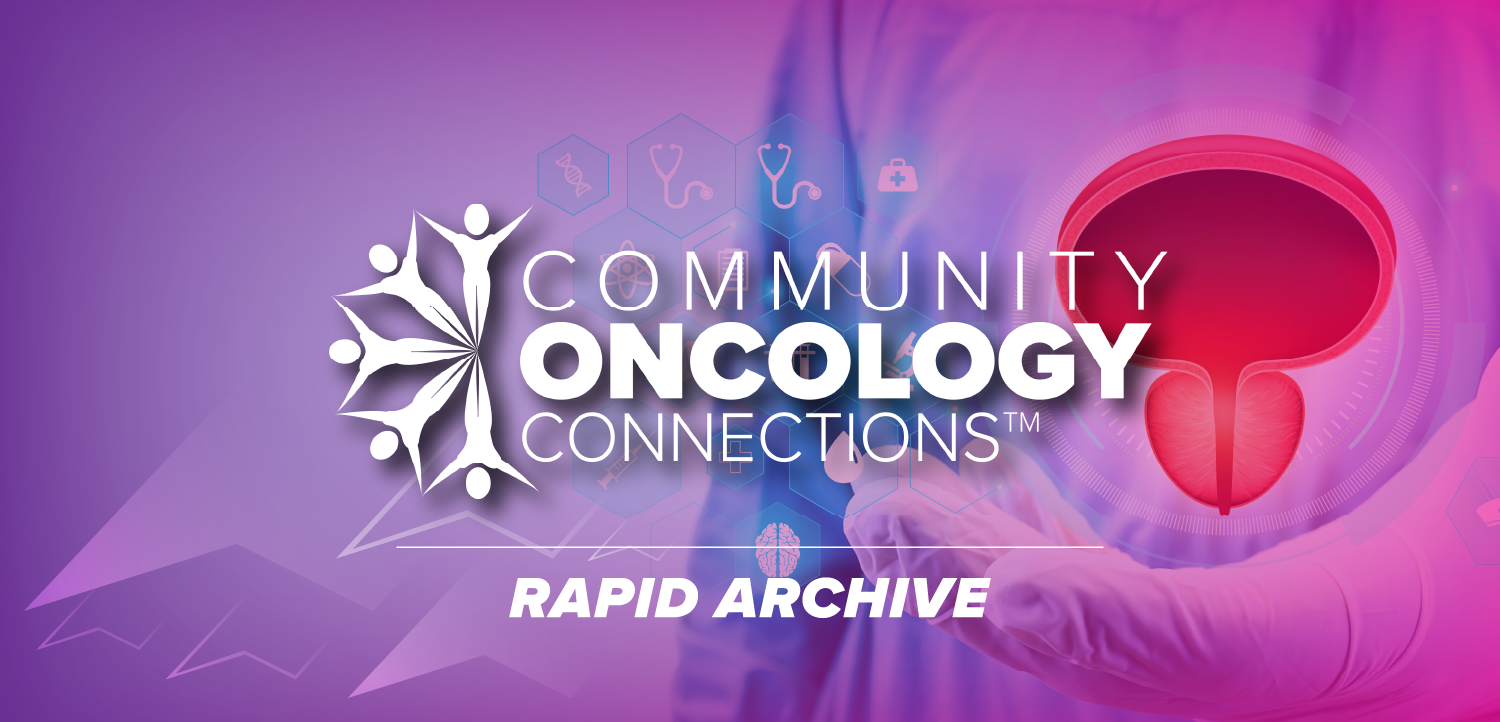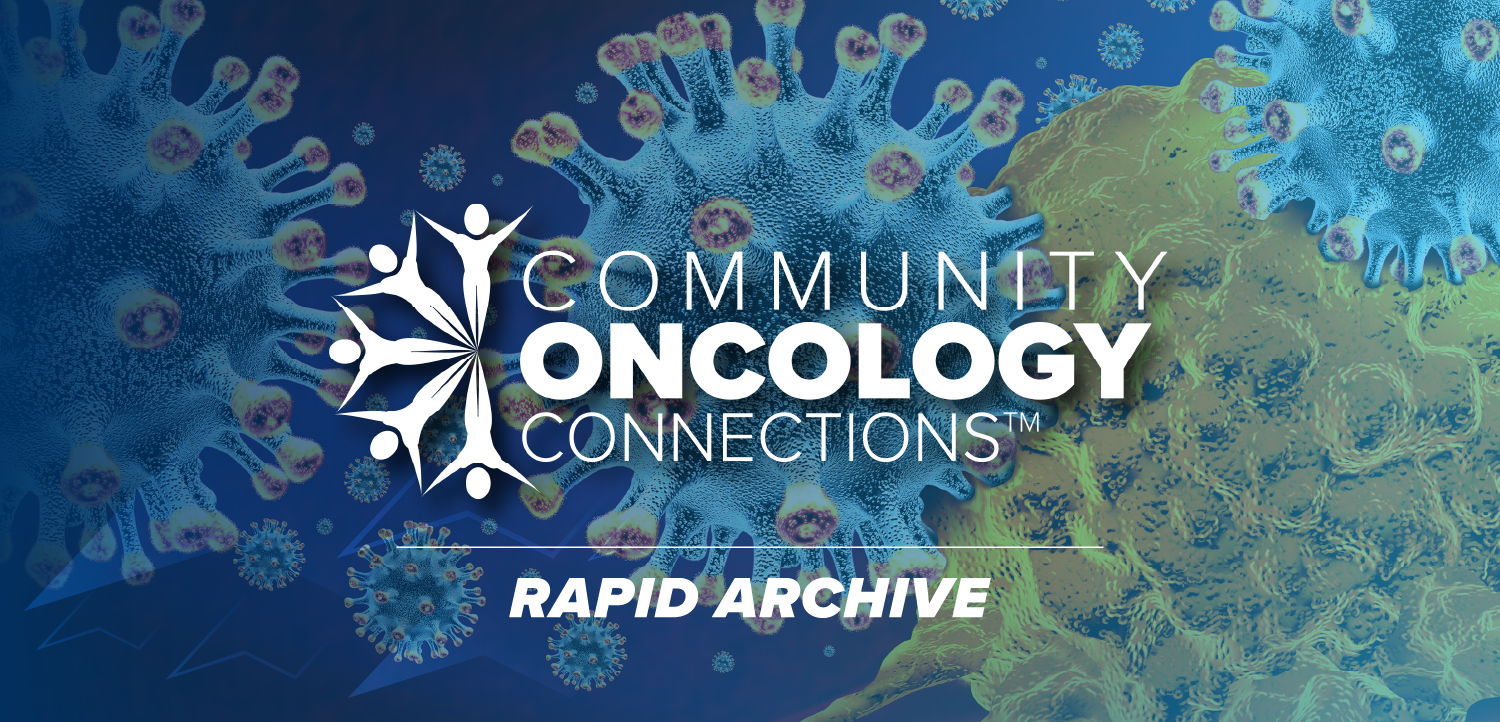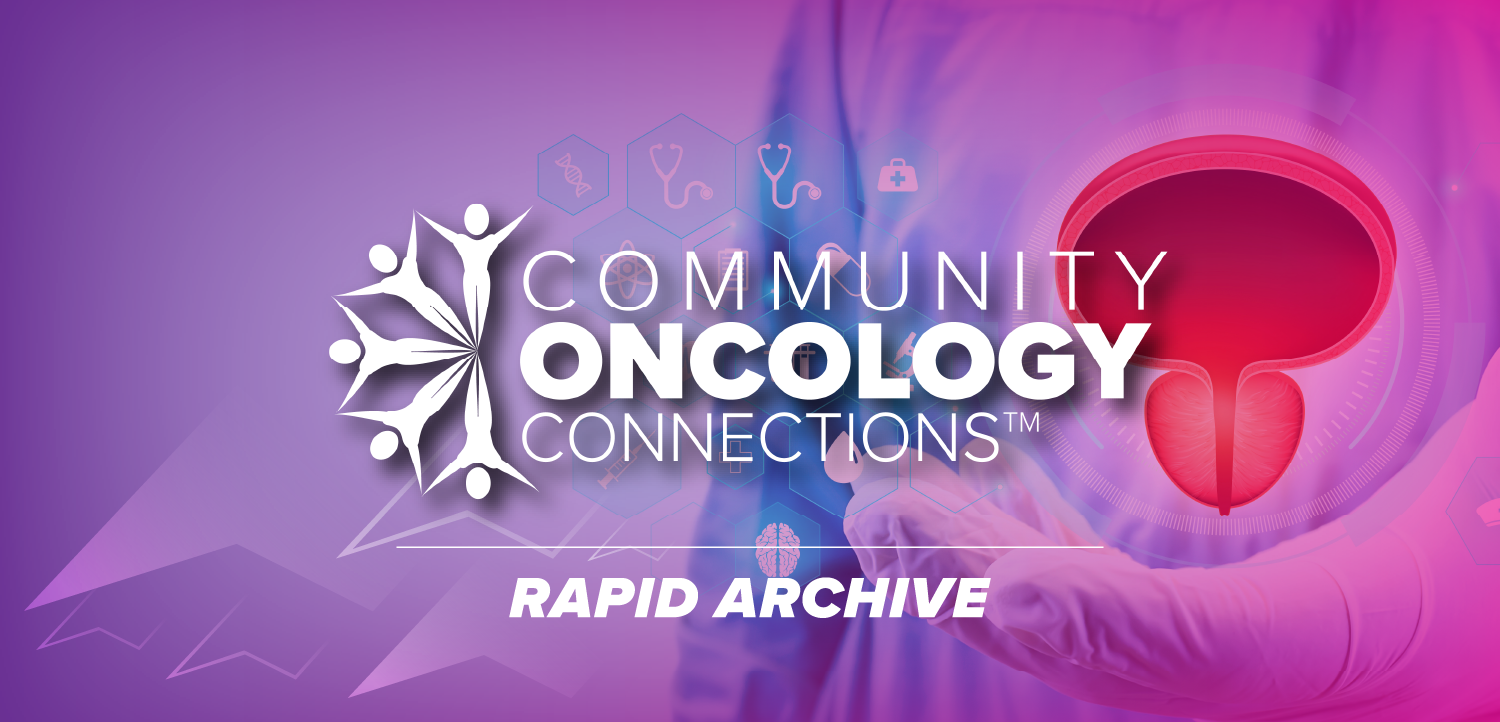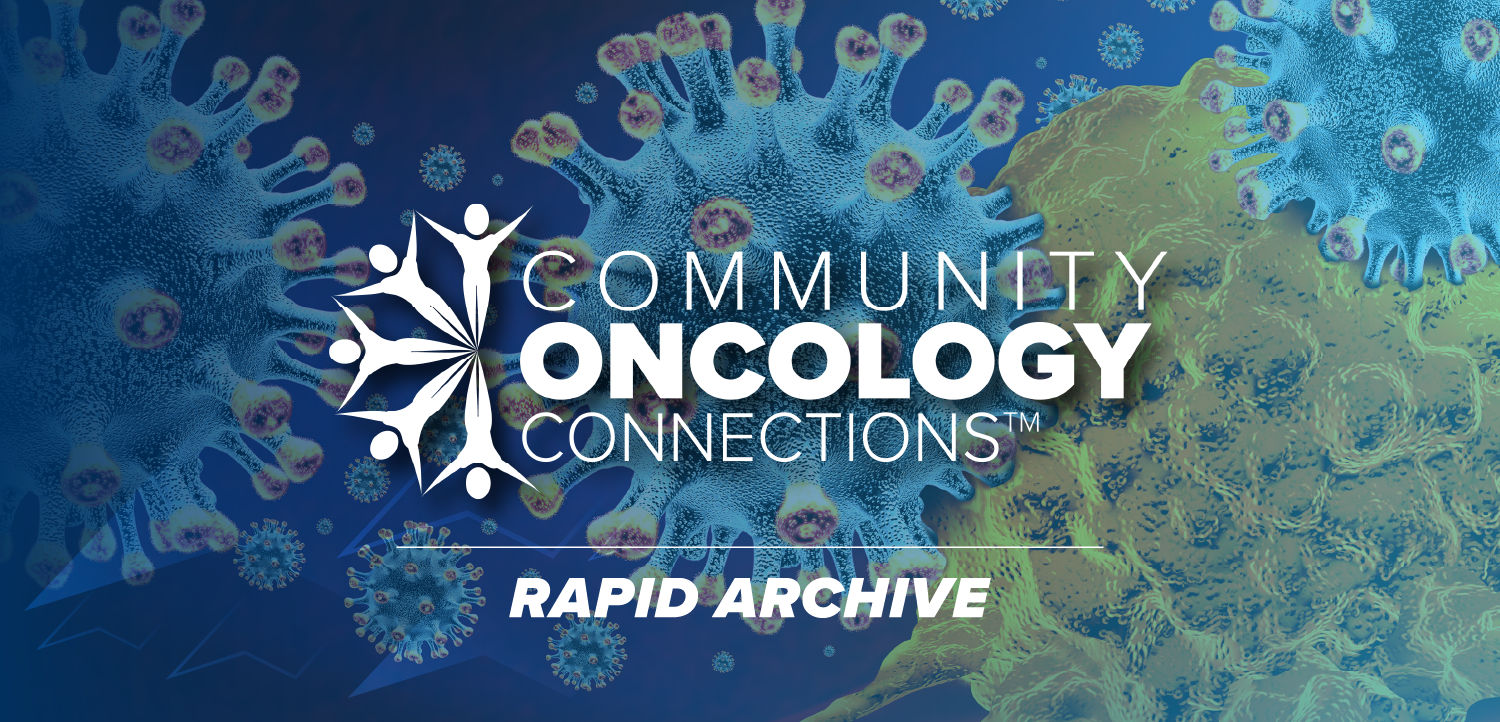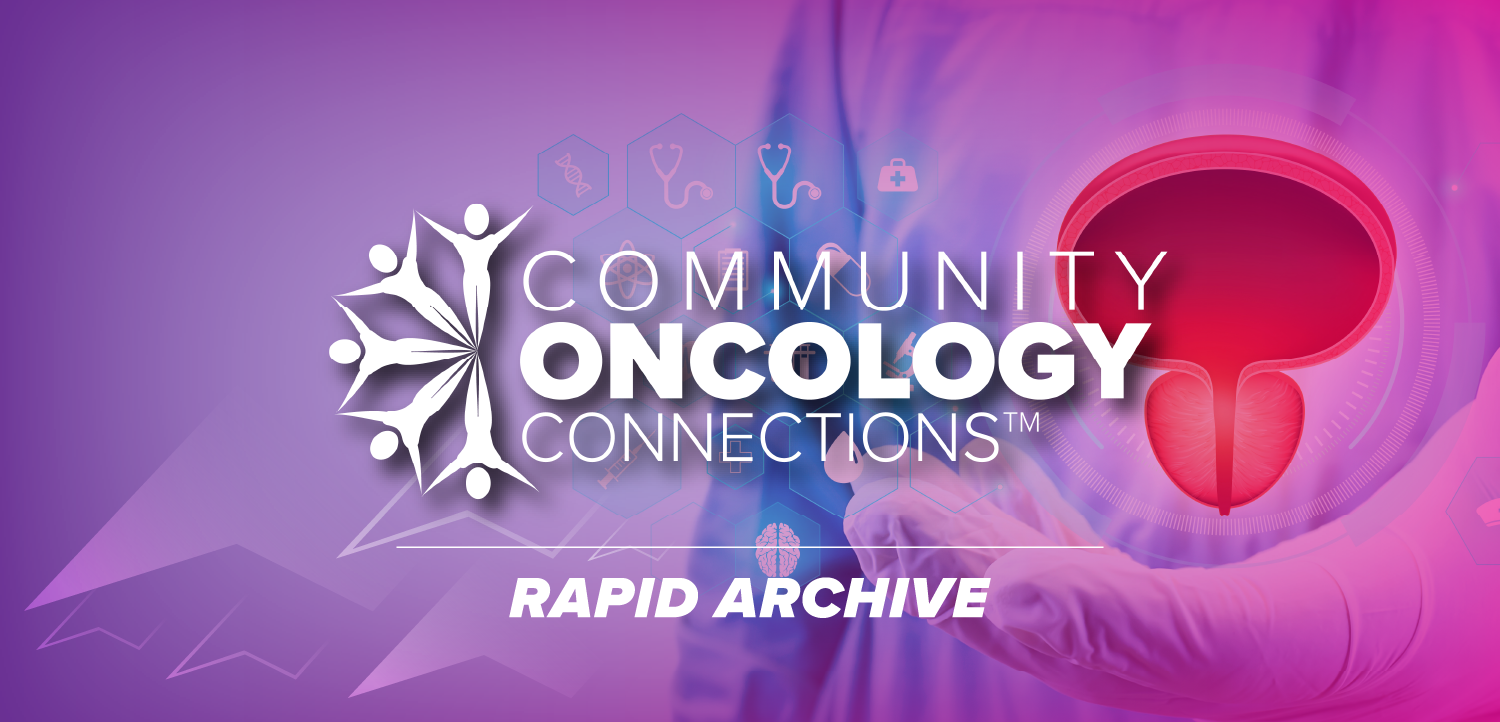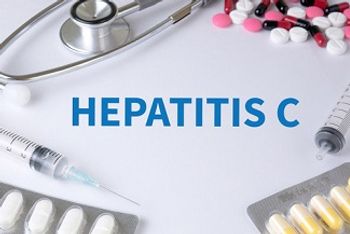
New Technologies To Fight Pandemics—From Prevention to Response
A new report highlights technologies with potential to prevent and reduce global catastrophic biological risks.
Technological advances are increasingly becoming the target of debate around their potential risk to be used by nefarious actors as biological weapons. From
The report,
To identify which technologies might prepare or prevent bioincidents, the research group focused on those that: would improve capacity to make response decisions earlier, were rugged or easy to use in a variety of settings, reduced time lags in development, availability, and fielding, were distributed approaches to improve scale and access, and had better sensitivity to facilitate prevention.
Ultimately, the technologies fit into 5 categories:
· Disease detection, surveillance, and situational awareness;
· Infectious disease diagnostics;
· Distributed countermeasure manufacturing;
· Medical countermeasures distribution, dispensing, and administration;
· Medical care and surge capacity.
Within these categories, there were several fascinating technologies—some widely known and some that may not have the public attention. For example, remote sensing for agriculture using advanced satellite imaging and image processing has the potential to monitor crop health from a widespread and larger magnitude. Technologies such as cell-free diagnostics and ingestible bacteria for vaccination are just some of those identified within the report that seem like science fiction.
For those of us in the medical field, technologies that were identified such as robotics and telehealth, as well as portable, easy-to-use ventilators, are logical given experiences with ventilator and health care worker shortages seen during the SARS-CoV, MERS-CoV, and Ebola outbreaks in recent decades. Telehealth alone has the potential to bring the top providers in medicine to the frontlines of outbreaks without the risk of exposure.
Within the report, the team provided a graph to reveal the placement of each identified technology in relation to level of impact and existing development (ie, is it in early development or field ready?) Technology like drones for delivery were field-ready and had a medium impact; however, they were also seen as costly. Conversely, self-spreading human vaccines were in the early stages of development and had a decent impact without being the most expensive technology. Consider though, the prevention capabilities of self-spreading vaccines which result in a broader and more effective humoral and cellular immune response than existing vaccines. Moreover, consider the capacity for drone delivery of vaccines and other medical countermeasures to remote locations (one of the suggested technologies within the report)!
In terms of disease detection, surveillance, and situational awareness, the group identified a number of emerging technologies; however, they focused on ubiquitous genomic sequencing and sensing (which allows for real-time characterization of pathogen biology including virulence and sensitivity to pharmaceuticals), drone networks for environmental detection, and remote sensing for agricultural pathogens.
The authors also underscored the potential of microfluidic devices (ie, “lab on a chip”) to replace traditional laboratory equipment for diagnostics that are often the size of a credit card or smaller. The use of microfluidic devices could be a game changer on the frontlines of bioincidents or when laboratory capabilities are constrained during infectious disease outbreaks or emergencies as they would bring about the ability to test patients in real-time, like microfluidic devices, would allow for rapid disease identification. For example, rapid identification of patients for disease control or event identification of low glucose levels can make the difference between life and death.
I spoke to Matt Watson, senior analyst and research associate at the Center for Health Security, regarding these technologies, the report, and its importance for medical providers.
“We hope that a key takeaway from this work is that researchers and technologists recognize the critical role they play in pandemic preparedness,” shared Watson. “Humanity has a strong but unevenly distributed armamentarium for high consequence pathogens. However, if our findings are any indication, it can and must get more powerful and scalable.”
The potential for the application of the technologies covered in the report is pretty exceptional, especially when you look back at gaps in response to outbreaks and even medical shortages like the most recent influenza season. It’s important to discuss and invest in technologies that have the potential to prevent and respond to biological incidents. Whether it is faster and more accurate surveillance tools, diagnostics, or the distribution of medical countermeasures such as 3D printing of chemicals and biologics, there are a range of technologies that have the potential to help prevent and strengthen our capacity to respond to outbreaks and reduce the risk of global catastrophic biological events.
Newsletter
Stay ahead of emerging infectious disease threats with expert insights and breaking research. Subscribe now to get updates delivered straight to your inbox.


























































































